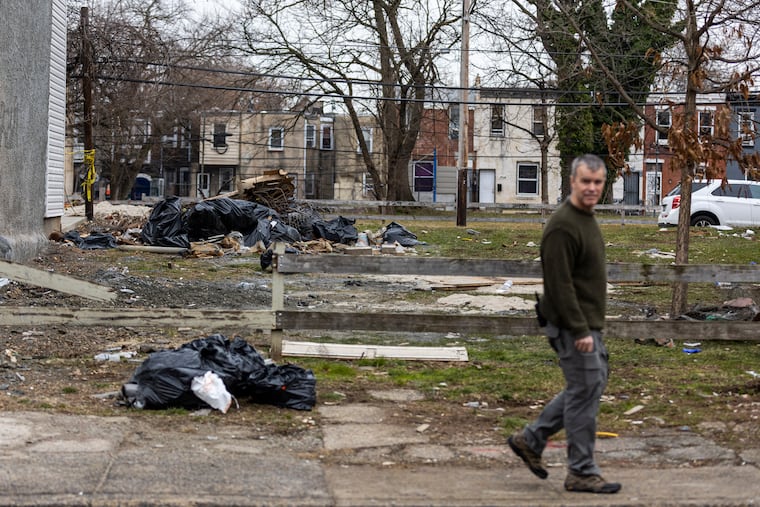The Philadelphia Land Bank is a mess. What is Mayor Parker’s plan to fix it?
“Mayor Parker has laid out a bold vision of 30,000 units of housing, and the only way that works is if we have a functioning and fast moving Land Bank,” said Aren Platt, one of Parker’s top advisers.
